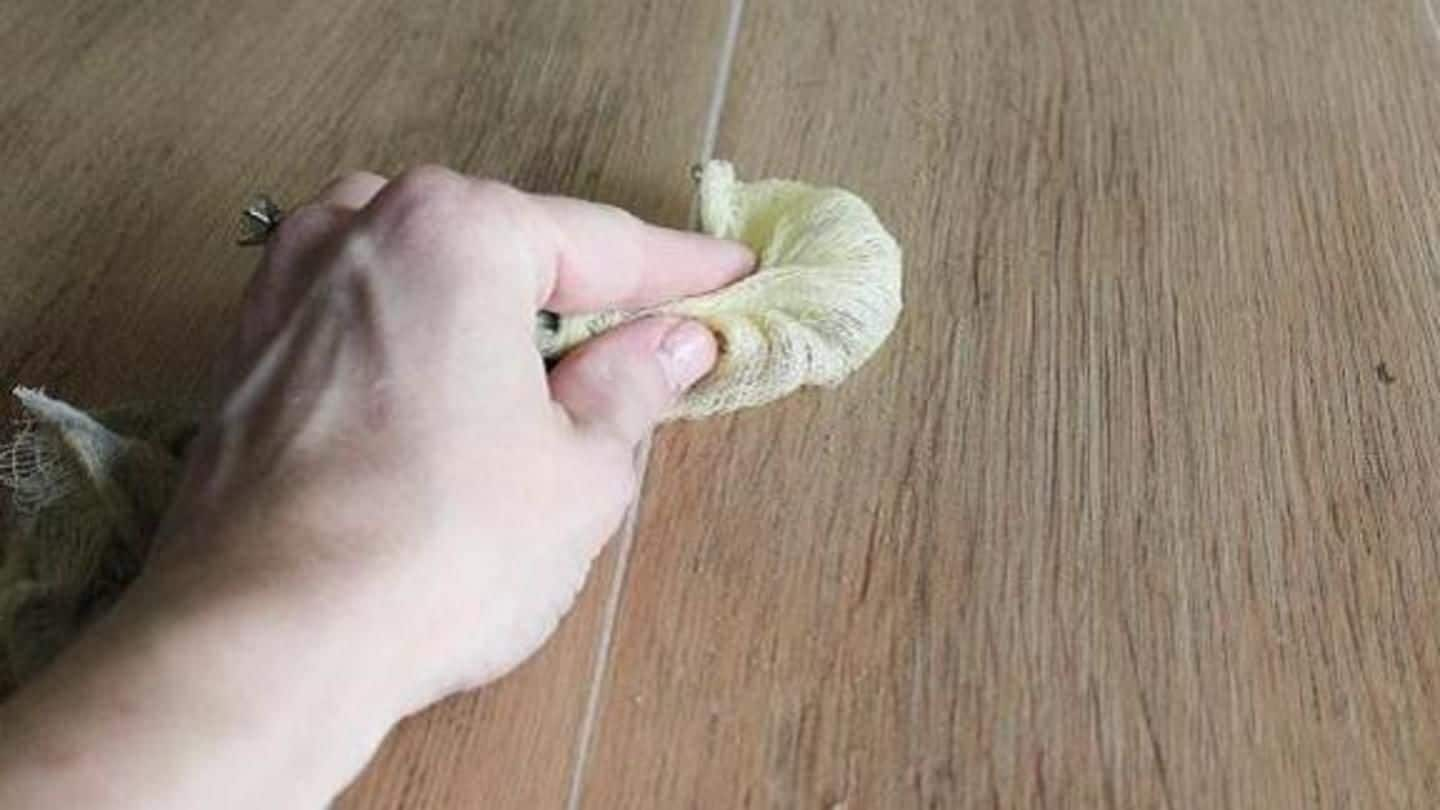
How to clean oil-spills with orange-peel fabric
What's the story
When oil spills on your kitchen table, it's an arduous task to get back that squeaky clean surface. Unless you're using a fabric made out of orange-peels. That's right! A team of IIT-Hyderabad has developed a fabric made out of recycled citrus fruit peels, which effectively removes oil spills. It can also be used to remove oil-spills from water bodies, and at industrial levels.
Details
Fabric made out of polystyrene, plastic used in food packaging
The team, comprising Chandra Shekhar Sharma and Shital Yadav, said they obtained the fabric by converting polystyrene waste using the peel extract. Polystyrene is used to make consumer products like food packaging and laboratory-ware. Add a little color, and it can be used to make appliances, electronics, automobile parts, toys, gardening pots and equipment and more. However, it's an environmental burden, since it's non-biodegradable.
Process
Peel-extract chemicals converted the plastic to fiber and then fabric
The plastic's longevity can be extended using the extract, said the researchers. Chemicals in the extract converted the plastic into an ultrathin fiber, which finally gave way to the fabric. Elucidating on how the conversion happened, Sharma said it's the handiwork of the principal chemical in peel extracts, limonene. Limonene is a clear liquid used in foods, beverages, and chewing-gum as a flavoring agent.
Context
Other uses: Tattoos, nail art, printing on wood, clothes, paper
According to the researchers, the fabric can also be used in construction as a flexible insulator. Further, it can be made use of in textiles, where the fabric gets converted into yarns. The peel extract also has other applications: it can help in print transfer technique, which is used in putting artificial tattoos on skin; nail art; printing on wood and clothes, etc.
Super-extract
Three layers, three uses: Polystyrene recycling, Li-ion batteries, gelatin solvent
Explaining the process, Sharma said once the extract settles down, it forms three layers. The topmost layer, oil, is used in polystyrene recycling. The second layer, the cellulose particles, can be used as electrode for Lithium-ion batteries, after converting it into carbon material. The last water-like layer can be used as natural solvents for gelatin, which is used to prepare nanofibers.
Plans
Duo has filed for patents, talks with investors on
The duo has filed for patents and now wants to commercialize the method. They are in talks with investors "to develop small-scale machines that can be the point of generation of waste itself." With funding from the Department of Science and Technology, a pilot machine has already been built, Sharma said. Their research paper is also available in the journal 'Polymer Bulletin'.